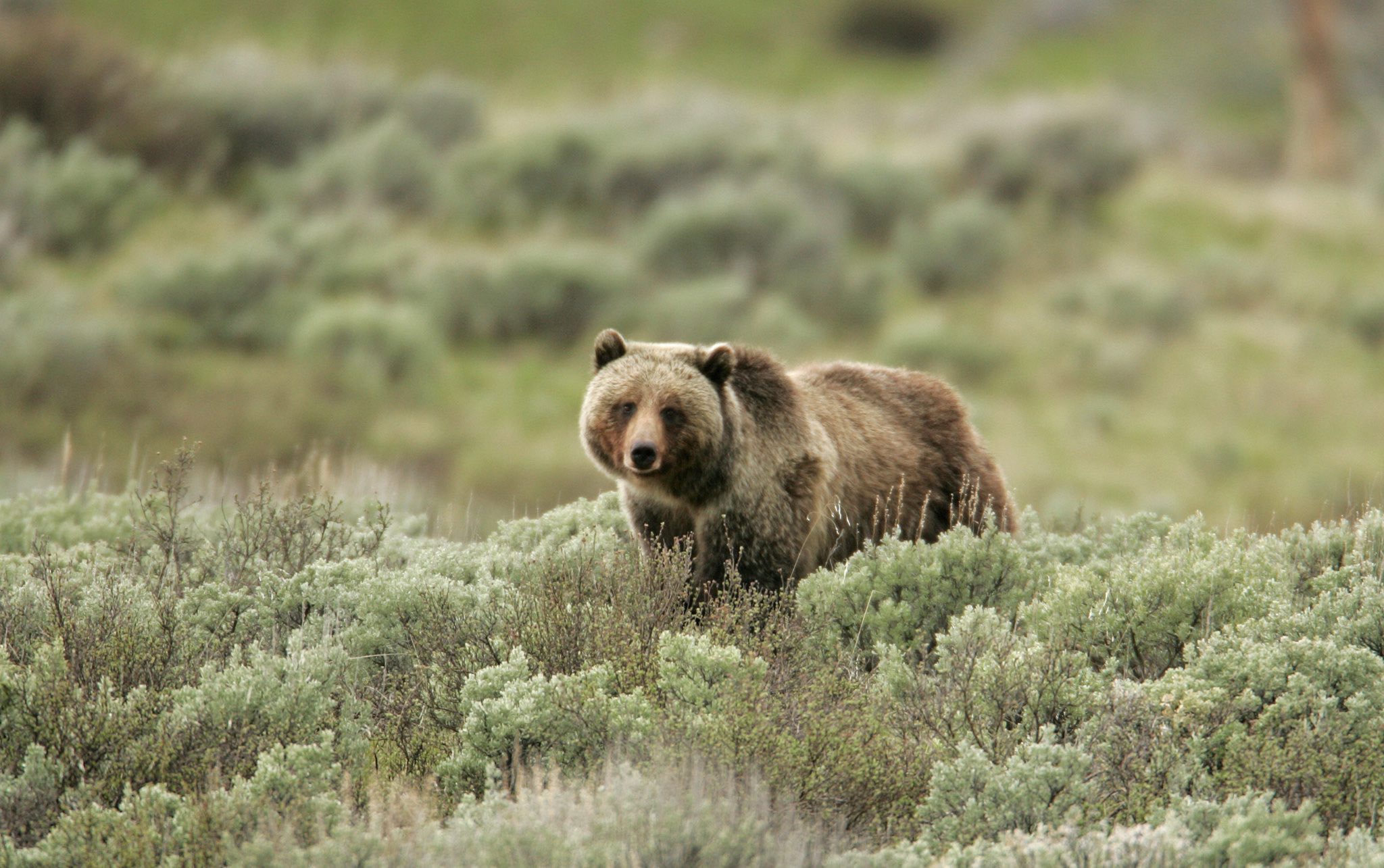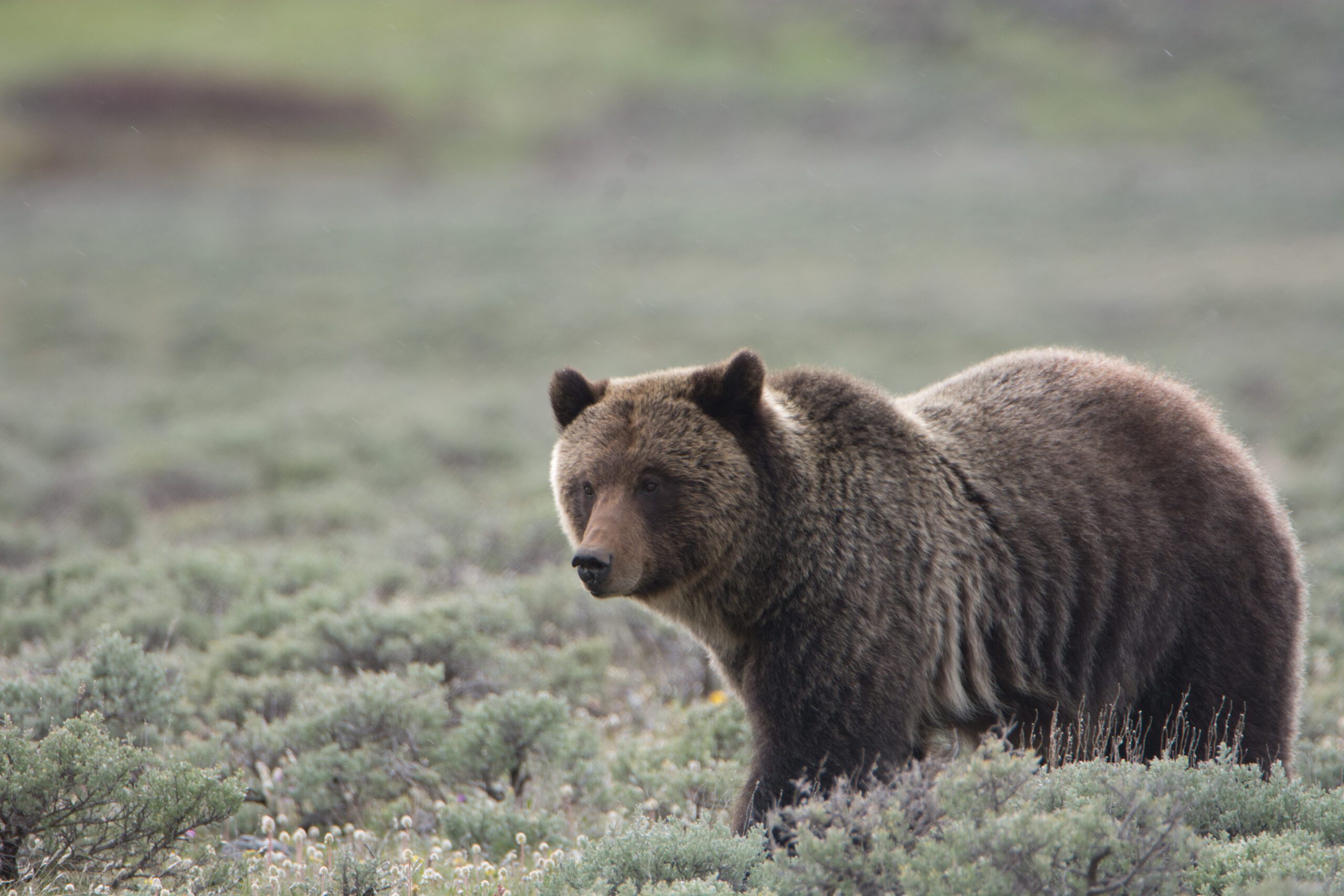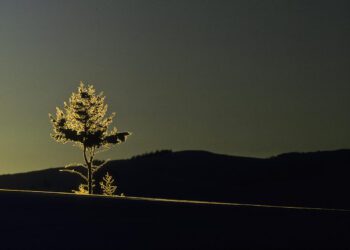By Jessianne Wright EBS Contributor
BIG SKY – On March 15, the world’s tallest active geyser erupted in Yellowstone National Park after quietly simmering and stewing for four years. At approximately 5:30 a.m., Steamboat Geyser shot thousands of gallons of scalding water into the still frigid March air.
Nobody was there to witness Steamboat’s glory; much of the park remains closed for routine spring snow plowing. However, past eruptions have sent water more than 300 feet into the air.
Park spokeswoman Vicki Regula said a nearby University of Utah seismometer picked up the vibrations caused by the eruption. Meanwhile, sensors operated by the U.S. Geological Survey installed in Steamboat’s outflow channel recorded a hot water flow that lasted nearly an hour.
“Park staff visited the site on March 16 and [March] 19 and noted several other surrounding features were bubbling with muddy water and some altered rocks were strewn about,” Regula said. Steam was still visible rising from the geyser’s vent eight days after the eruption.
While not unusual, these indicators suggest the unwitnessed blast was a major eruption, something that hasn’t occurred since Sept. 3, 2014.
“There are visual observations of Cistern Spring-about 90 meters away-draining. This is always the case when a major eruption of Steamboat takes place,” said Shaul Hurwitz, a research hydrologist with the USGS Volcano Science Center in Menlo Park, California.
Hurwitz added that billowing steam commonly pours from the vent after an eruption, however there are not many documented observations that indicate the actual duration of the steam plumes after an event.
Steamboat, which sits within the Norris Geyser Basin and the hottest, most dynamic thermal area in the park, is highly unpredictable. The vent has gone through periods of high activity erupting every few days and has also experienced relative dormancy-from 1911 to 1961, the geyser didn’t erupt once.
“Most geysers actually are not predictable,” Hurwitz said, adding that Old Faithful’s roughly 94-minute interval, while steady right now, has changed in the past. “The bottom line is that all of the geysers and thermal features change over different time scales,” he said.
Geysers are created when water percolating down into the earth is warmed by geothermal heat. Captured within underground cavities, this warming water is brought to the boiling point but does not convert to steam due to pressure underground. If the water is able to leak from the underground cavity, such as through the opening of a geyser, the pressure within the cavity drops, allowing the superheated water to boil and transform to steam. The steam rapidly expands and pushes water into the air as a geyser eruption.
While scientists understand the general underground plumbing that creates a geyser, they are still learning about what initiates an eruption. Hurwitz said there could be a number of causes.
In the past, large earthquakes have caused geysers to blow. Following the 1959 magnitude-7.5 Hebgen Lake earthquake, Hurwitz said a number of thermal features in the park changed, some became more active, while others disappeared entirely. In 2002, a magnitude-7.9 earthquake in Alaska-more than 1,900 miles away-changed the behavior of several geysers, and Hurwitz said it took three months before everything returned to normal.
If one geyser goes off, Hurwitz said that can affect nearby geysers as well, as the underground water is interconnected. “Once a nearby geyser erupts, that changes the water pressure that affects another geyser,” he said.
Additionally, the water flowing underground usually carries silica-rich minerals, which causes the unusual fissures and shapes surrounding many thermal areas. In addition to deposits above ground, these minerals can build up underground, possibly causing changes in a geyser’s eruption.
Hurwitz also said that meteoric water-from rain and snow precipitation-could lead to some changes within a geyser system, though this is not fully understood. Changes in water recharge could affect geyser eruptions on annual scales. Due to the depth required of the water to percolate before reaching superhot temperatures, the impact of precipitation may not be seen for some time.
“In years that we have more rain [and snow], we do have more thermal water flowing through the system,” Hurwitz said.













